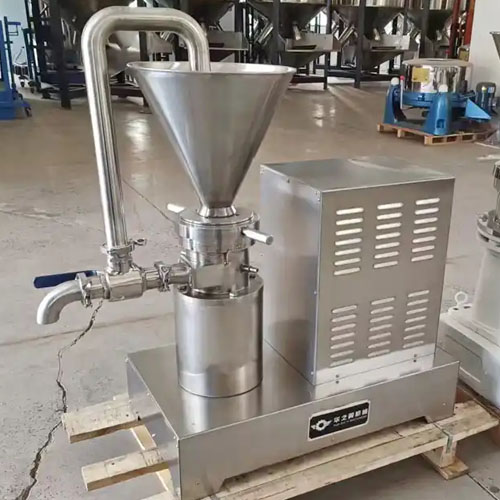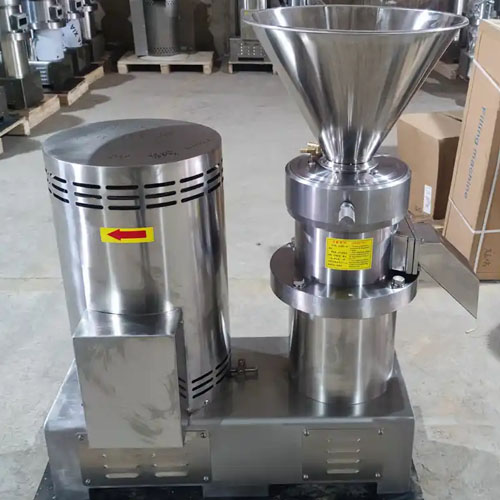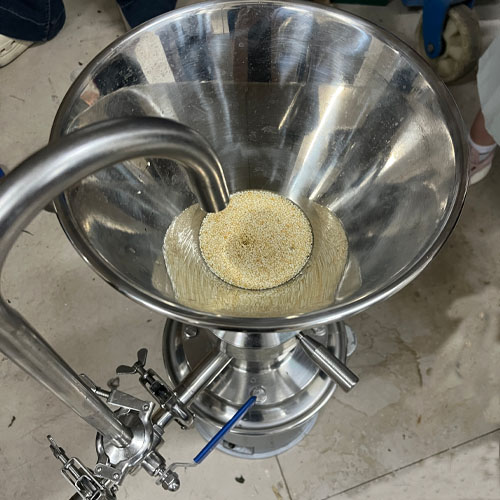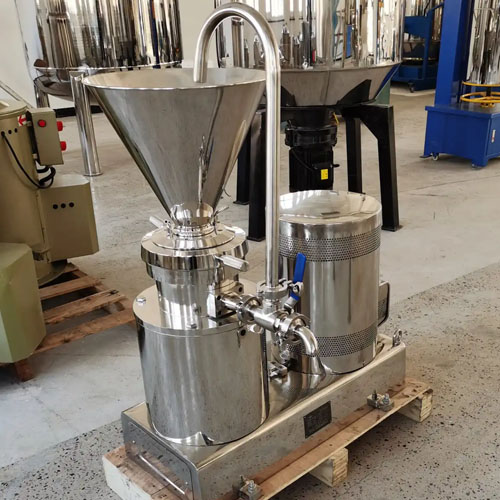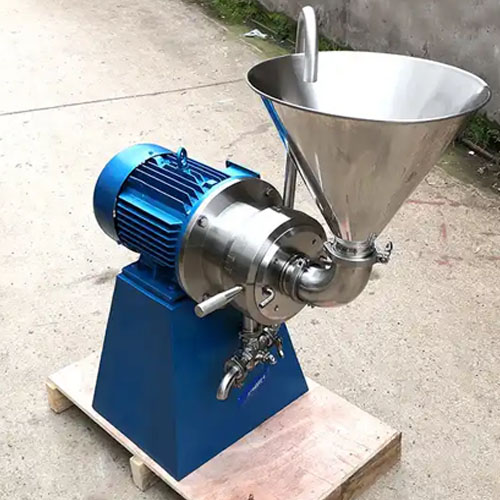Split Colloid Mill
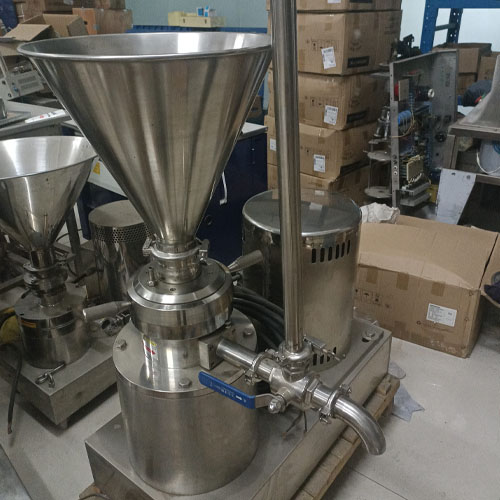
Introduction
This type of colloid mill is called a split-type colloid mill because the motor and grinding head are separated. It is a high-precision mechanical device used for ultrafine grinding, emulsification, homogenization, and mixing of fluids.
The split-type colloid mill’s motor and grinding chamber are separated, eliminating the heat dissipation challenges of traditional vertical colloid mills. It is particularly suitable for long-term continuous production. The discharge port is available in square and round shapes, with the square being more suitable for grinding high-viscosity materials.
Working Principle
A split colloid mill uses high-speed shearing between a stator and rotor to achieve fine material processing. Its core structure consists of an independent motor, a coupling, and a grinding chamber (stator + rotor).
The motor drives the rotor (moving teeth) inside the grinding head via a belt, which rotates at high speed within the stator (stationary teeth). Material enters the grinding head through the feed inlet and is forced through the micron-precise gap between the rotor and stator. Under the combined forces of high-speed shear, friction, and impact, the particles in the material are instantly pulverized, homogenized, and emulsified, ultimately delivering an extremely fine and stable product through the discharge port.
Technical Parameters
| Model | Capacity(t/h) | Fineness(um) | Power(kw) | Outlet diameter(mm) | Inlet diameter(mm) | Motor speed(rmp) | Voltage(V) | Overall dimensions(L*W*Hmm) | Weight(kg) |
| JMF-80 | 0.5-1 | 2-40 | 4 | 25 | 48 | 1700-3500 | 220V or 380V /50Hz | 700*340*810 | 105 |
| JMF-100 | 0.5-2 | 2-40 | 5.5/7.5 | 25 | 66 | 1700-3500 | 220V or 380V /50Hz | 800*645*920 | 230 |
| JMF-120 | 0.5-3 | 2-40 | 7.5 | 32 | 66 | 1700-3500 | 220V or 380V /50Hz | 800*645*980 | 240 |
| JMF-140 | 1-4 | 2-40 | 7.5/11 | 32 | 66 | 1700-3500 | 220V or 380V /50Hz | 800*750*1020 | 350 |
| JMF-180 | 1-7 | 2-40 | 11/15 | 38 | 100 | 1700-3500 | 220V or 380V /50Hz | 900*850*1200 | 100 |
| JMF-200 | 1-10 | 2-40 | 15/18.5 | 38 | 100 | 1700-3500 | 220V or 380V /50Hz | 900*850*1200 | 415 |
| JMF-250 | 2-20 | 2-40 | 22 | 42 | 120 | 1700-3500 | 220V or 380V /50Hz | 1000*550*1050 | 510 |
Split Colloid Mill Advantages
More Stable Operation
The split structure disperses the center of gravity and, with its independent base, reduces vibration during high-speed operation. The motor is isolated from the grinding chamber, preventing heat transfer from grinding to the motor and extending its life.
Suitable for High-Viscosity/Large-Particle Materials
The belt drive increases the grinding tooth speed. Combined with a more spacious discharge design (such as a square discharge port), it efficiently processes high-viscosity materials (such as peanut butter and ointments) and large-particle materials, reducing clogging and achieving superior grinding uniformity and output compared to vertical colloid mills.
Easier Maintenance
No need to disassemble the motor, making it easy to replace the grinding head or inspect the grinding components. The grinding disc can be removed and cleaned separately, allowing for thorough cleaning without blind spots. This makes it particularly suitable for industries with frequent material changes or high hygiene requirements.
Reliable Seals and Long Life
A more reliable mechanical seal effectively prevents leakage and protects core components.
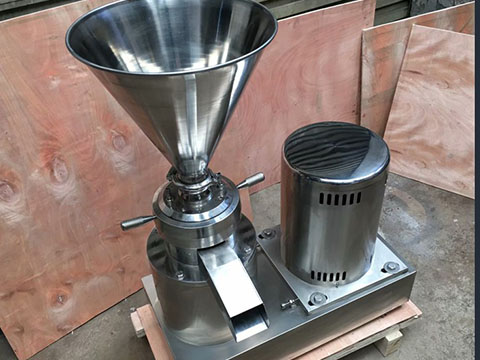
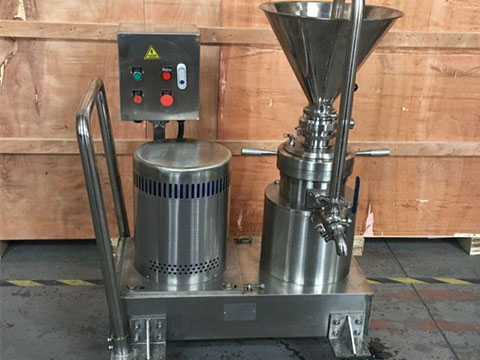
Split colloid mill Applications
Food Industry
- Sauces and Condiments: Peanut butter, sesame paste, hot pot base, mayonnaise, ketchup, jam, chocolate paste.
- Beverages and Dairy Products: Fruit juice, plant protein beverages, soy milk, yogurt, and dairy product homogenization.
- Meat Product Auxiliary: Grinding minced meat and fish (such as fish balls and meatball ingredients).
Cosmetics and Daily Chemicals
- Creams and Lotions: Emulsification and homogenization of face creams, hand creams, sunscreens, serums, shampoos, conditioners, and toothpaste.
- High-End Cosmetics: Homogenization and dispersion of foundations, lipsticks, and essential oils, and grinding of soap ingredients (such as soap bases and fragrances).
Pharmaceutical Industry
- Ointments and Emulsions: Preparation of ointments, creams, suppositories, and topical medications.
- Oral Liquids and Suspensions: Ultrafine processing of oral liquids and suspensions.
Chemical and Chemical Industry
- Dyes and Pigments: Ultrafine grinding and dispersion of paints, inks, coatings, and dyes.
- Adhesives and Sealants: Processing of viscous materials such as epoxy resins and silicone adhesives, and refining of fillers (such as quartz sand and calcium carbonate).
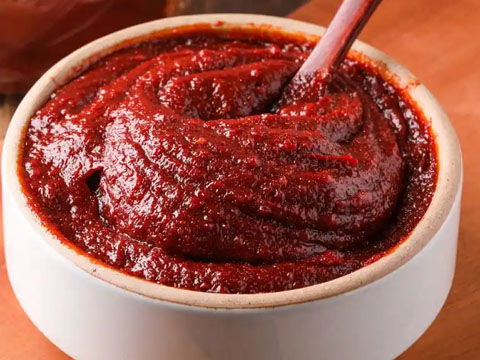

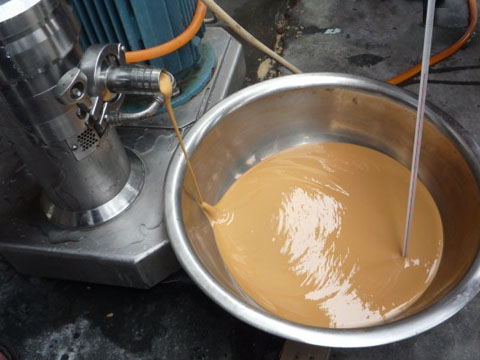
Disassembly Steps for a Split Colloid Mill
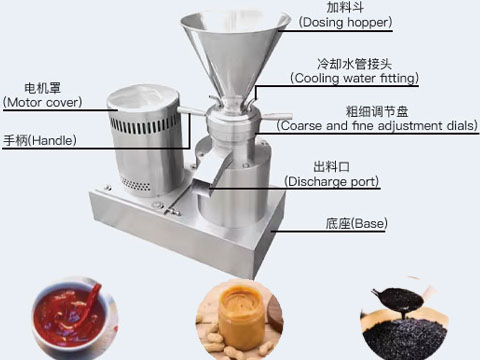
- Disconnect the power supply and drain the material. Rinse any remaining material with clean water.
- Separate the components, remove the flanges/clamps, and piping.
- Loosen the bolts and separate the impeller, shaft seal, etc.
- Unscrew the handle counterclockwise and remove the stator, minding the steel balls.
- Loosen the blades and remove the rotor with a tool.
Split Colloid Mill vs vertical Colloid Mill
| Comparison Items | Split Colloid Mill | Vertical Colloid Mill |
| Structural Design | The motor and grinding disc are separated, with a base, and occupy a large floor space. | The motor and grinding disc are integrated into a vertical structure, resulting in a compact design and a small footprint. |
| Transmission Method | Driven by a pulley, the motor power is transmitted to the grinding disc via a belt. | Driven directly by a shaft, the motor power is transmitted directly to the spindle, which in turn drives the grinding disc. |
| Sanitary Rating | High. Its zero-dead-angle design makes it suitable for the food and pharmaceutical industries. | Medium. The structure has some dead spots, which can easily breed bacteria if not thoroughly cleaned. |
| Motor Power | For the same model, the motor power is often one specification higher than that of a split-type colloid mill due to energy loss in the belt drive. | The motor directly drives the spindle, resulting in relatively high energy transfer efficiency, allowing for relatively low motor power for the same processing capacity. |
| Grinding Performance and Output | The grinding teeth rotate faster than the motor, resulting in a relatively high output. The isolator allows for thorough mixing, resulting in a more uniform product. | Using a speed regulator to drive the spindle at high speeds also achieves good grinding results, but overall output may be lower. |
| Maintenance and Care | The grinding disc can be disassembled for easy cleaning, simplifying maintenance without removing the motor. | The motor and grinding disc are integrated, so cleaning and maintenance of the grinding disc may require disassembly of the entire motor and grinding disc assembly, which is a tedious process. |
| Price | Due to its relatively complex structure and high motor power, the price is generally higher. | The structure is simple, the motor power is relatively low, and the price is generally low. |
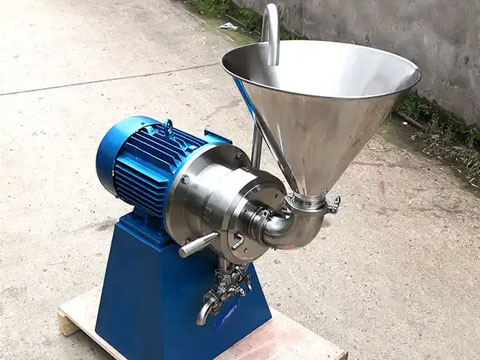
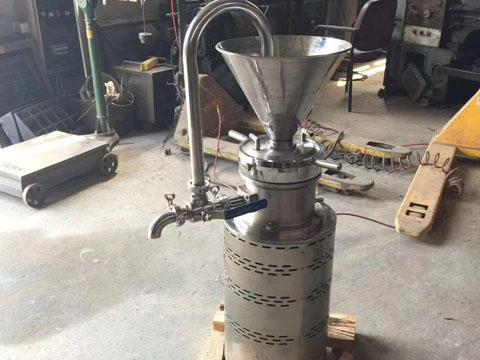
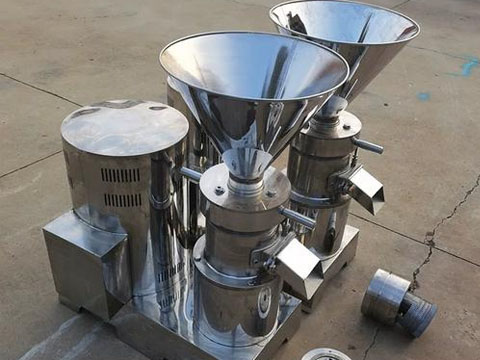
Why Choose Us?
- We are China’s leading manufacturer of production equipment for the food and beverage industry, offering a comprehensive range of products including colloid mills, stainless steel tanks, extraction equipment, and more.
- As part of the Wanzhi Group, we bring over 14 years of manufacturing and export expertise, with products reaching more than 100 countries worldwide.
- Guided by integrity and collaboration, our company holds multiple certifications including ISO 9001, ISO 14001, CE, and Trusted Supplier status.
- All products are crafted from premium stainless steel, ensuring long service life, hygienic operation, easy cleaning, and straightforward installation.
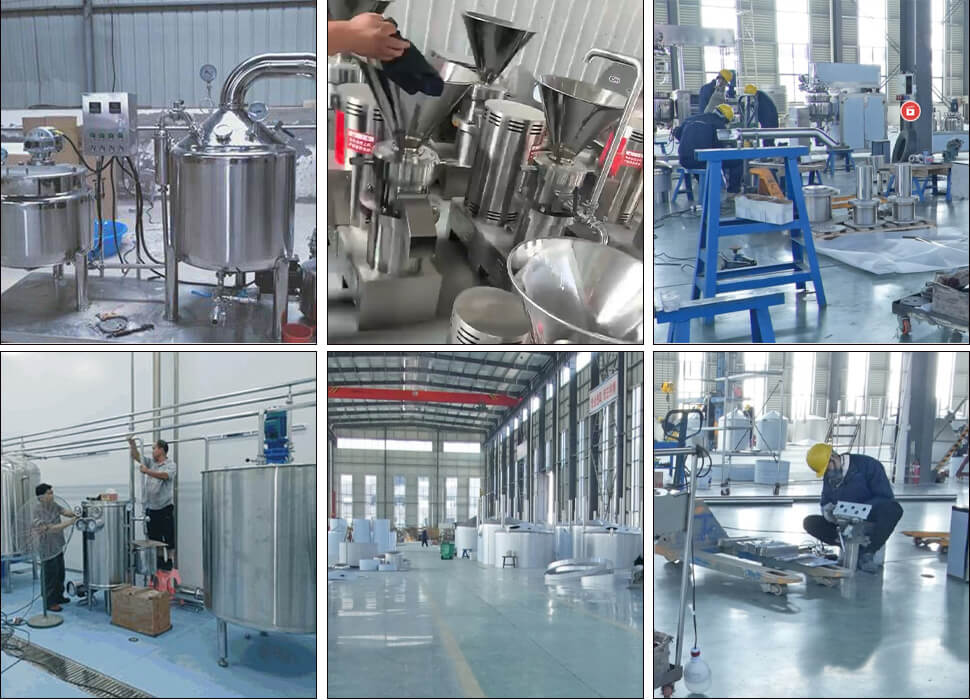
As a specialized machinery supplier in China, Wanzhi Machinery is dedicated to addressing your procurement needs for mechanical equipment, particularly within the food and beverage industry. Leveraging our robust supply capabilities, we provide all necessary equipment for ketchup production lines and condensed milk production lines. Should you have any requirements, please feel free to contact us.
Related Products
Nut Butter Grinder
Nut Butter Grinder Introduction Nut Butter Grinder Specialized for grinding various nut butters, achieving ultra-fine…
Chili Sauce Grinder
Chili Sauce Grinder Introduction Our commercial-grade chili sauce grinder utilizes advanced colloid milling technology and…
Tahini Machine
Tahini Machine Introduction Wanzhi Machinery specializes in commercial tahini machine (colloid mills). Crafted from 304…
Commercial Peanut Butter Machine
Commercial Peanut Butter Machine Introduction Peanut butter ground by traditional peanut butter grinders often separates…
Horizontal Colloid Mill
Horizontal Colloid Mill Introduction A horizontal colloid mill features core components (stator and rotor) mounted…
Contact Us



